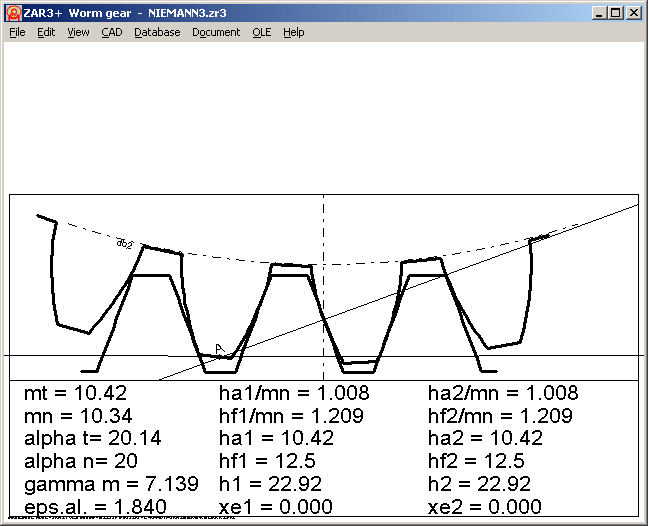How To Draw A Worm Wheel
If you dont find what you need, just grab a file of a single helical (bevel) gear wheel, and a file of a spiral helical (bevel worm), drop them onto your page and scale them to suit each other, then you can chose to show them as solids, wire style etc.
Fallout 4 backpack creation club. Worms and worm gears are gear sets that offer high gear reduction and torque multiplication with a small footprint. A worm drive is a cylindrical gear with a shallow spiral thread that engages the worm gear in a non-intersecting, perpendicular axes configuration.Efficiency of a worm drive is determined by the lead angle and the number of threads in contact with the worm gear.
A high lead angle on the drive reduces frictional losses and heat. A low lead angle reduces gear speed while proportionally increasing torque.Friction is an issue with all worm sets; the worm gear cannot transfer motion back to the worm drive in most instances. Lubrication and ground teeth both contribute to the sets' overall silence while minimizing friction.
Worm gear sets are usually produced in pairs due to their precision.Video credit: 859m / TypesVariance amongst worm gear sets is generally constricted to handedness (left or right) and the concavity available to worm drives and worm gears along gear widths. Their use depends on the mechanical efficiency required.Non-enveloping worm gear sets do not have concave features and the straight plane of contact between gears places the highest level of stress on the gear teeth.Image credit: WikimediaSingle-envelop worm gear sets contain a worm gear with a concave tooth width, allowing the worm drive to nestle into the gear and increasing efficiency.Image credit: Stepan LuninDouble-envelop worm gear sets contain both a word gear with a concave tooth width, and a worm drive with a concave profile. This design maximizes efficiency.Image credit: Stepan LuninDimension SpecificationsGears mate via teeth with very specific geometry.
Pitch is a measure of tooth spacing and is expressed in several ways.Diametral pitch (DP) is the ratio of the number of teeth to the pitch diameter of a gear; a higher DP therefore indicates finer tooth spacing. It is easily calculated by the formula DP= (N+2) ÷ OD, where N is the number of teeth, and OD represents the circumferential measurement.Circular pitch (CP) is a direct measurement of the distance from one tooth center to the adjacent tooth center. In a worm drive, it is called axial pitch and can be measured by the formula CP= Π ÷ DP.Module (M) is a typical gear discipline and is a measurement of the size and teeth number of the gear. Gears measured in inches earn 'English module' distinction to prevent confusion. M = OD ÷ NPressure angle is the angle of tooth drive action, or the angle between the line of force between meshing teeth and the tangent to the pitch circle at the point of mesh.
Worm Gear Shaft Solidworks
Typical pressure angles are 14.5° or 20°.Lead angle is the angle at which the gear teeth are aligned compared to the axis. This is also the point of contact between the drive and the gear. This is also known as helix angle.Image credit: Access ScienceSelection tip: Worm drives and worm wheels must have the same pitch and pressure angle in order to mesh, but may not mesh if the envelope concavity is mismatched. Mounting SpecificationsThe mounting of worm gears is critical to their implementation.
Multiple points of contact are necessary between the drive and gear so high work loads do not overwork the same lead angle, which could lead to gear failure. Enveloped worm gear sets are normally assembled in the same housing, to ensure proper mating and due to the sets' small footprint.Consider the gear center, bore diameter and shaft diameter. The gear center can be a bored hole or an integral shaft. The bore diameter is the diameter of the center hole.
The shaft diameter is the diameter of the shaft for gears with an integral shaft. Worms and worm gears can be mounted on a hub or shaft.
Worm Gear Mate Solidworks

A hub is a cylindrical projection on one or both sides of a worm or worm gear, often for the provision of a screw or other shaft attachment mechanism.